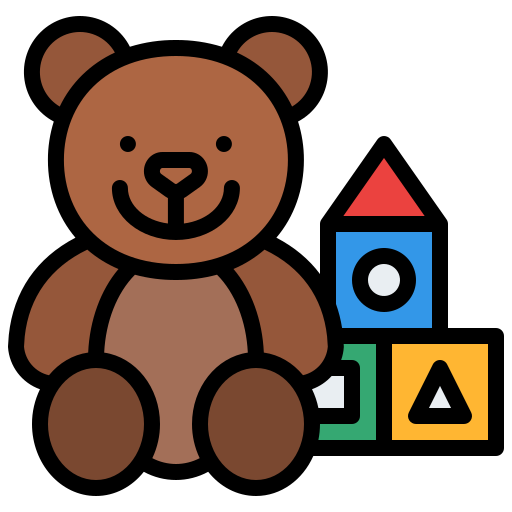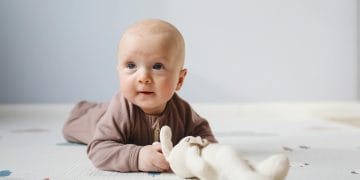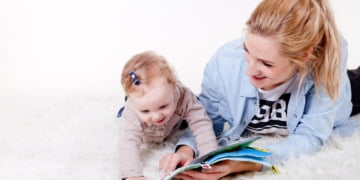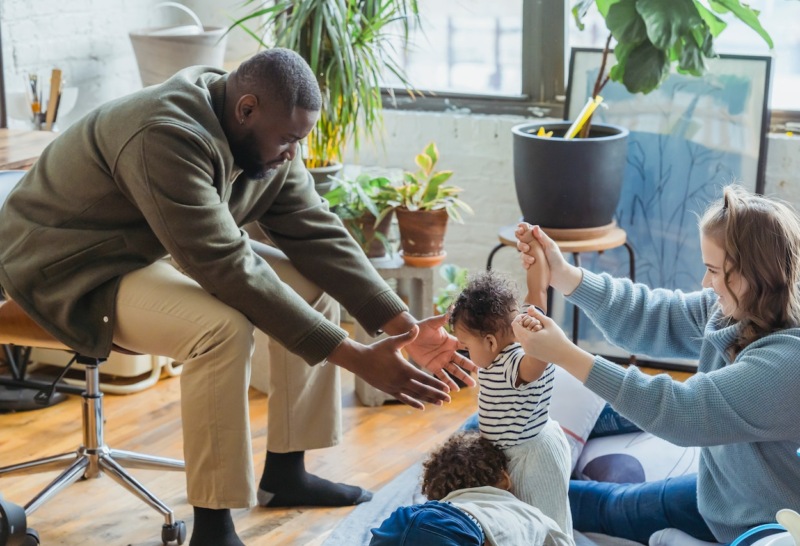Watching your baby grow and hit developmental milestones is one of the most exciting parts of parenting.
One such important milestone is the pincer grasp—a fine motor skill that enables your baby to pick up small objects between their thumb and forefinger.
But when do babies develop pincer grasp, and why is it so important?
In this article, we’ll explore the typical age range for this milestone, what signs to look for, how you can support your baby’s development, and when to seek professional advice if delays occur.
What Is the Pincer Grasp?
The pincer grasp is a fine motor skill where a baby uses their thumb and index finger to pick up small objects.
It usually begins as a “crude” pincer grasp, where the motion is less coordinated, and progresses into a “fine” or “neat” pincer grasp, where the baby can pick up objects with precision.
This skill is foundational for many everyday tasks, such as:
Picking up finger foods
Turning pages in a book
Holding a crayon or pencil
Buttoning clothes
Performing self-feeding
When Do Babies Typically Develop Pincer Grasp?
Most babies begin developing the pincer grasp between 8 to 10 months of age. However, as with all milestones, this range can vary slightly depending on individual development.
Timeline Overview:
| Age | Milestone |
|---|---|
| 4-6 months | Begins reaching and swiping at objects |
| 6-8 months | Develops raking grasp using the whole hand |
| 8-10 months | Starts showing crude pincer grasp |
| 10-12 months | Refines into neat/fine pincer grasp |
Signs Your Baby Is Developing Pincer Grasp
Here are some clear indicators your baby is starting to use their pincer grasp:
Picking up small food pieces like Cheerios or peas
Pinching objects between the thumb and forefinger
Transferring items between hands using fingers instead of palms
Grabbing tags, strings, or small textured surfaces
Early signs may appear uncoordinated, but with practice, your baby’s control and precision will improve dramatically.
Why Is the Pincer Grasp Important?
The pincer grasp is more than just a cute trick. It plays a major role in your child’s:
1. Self-Feeding Skills
With the ability to pick up small food items, your baby can begin to feed themselves, fostering independence.
2. Cognitive Development
Grasping and manipulating small objects helps babies learn about size, shape, and texture.
3. Future Writing Skills
The pincer grasp lays the foundation for holding crayons and pencils—crucial for drawing and writing in preschool and beyond.
How to Encourage Pincer Grasp Development
You can support your baby’s fine motor development through simple, everyday activities. Here are some effective and fun ways to help:
1. Offer Finger Foods
Let your baby practice picking up small pieces of food like:
Soft fruit chunks
Cooked vegetables
Cereal puffs
This not only encourages pincer grasp but also promotes self-feeding.
2. Use Toys That Require Grasping
Provide toys that encourage manipulation such as:
Stacking rings
Bead mazes
Shape sorters
Toys with buttons or levers
3. Play with Textures
Use fabric books, sponges, or textured balls to stimulate sensory and motor development.
4. Encourage Hand-Eye Coordination
Games like “peek-a-boo” or placing objects in containers help babies coordinate what they see with how they move their hands.
5. Practice With Everyday Items
Let them play with safe household objects like:
Empty egg cartons
Small socks
Jumbo tweezers or clothespins (with supervision)
Always supervise these activities to ensure safety. For additional guidance, you can check out this CDC resource on baby development for age-appropriate activities.
Crude vs. Fine Pincer Grasp: What’s the Difference?
Understanding the difference can help you identify what stage your baby is in:
| Type | Description |
|---|---|
| Crude Pincer Grasp | Involves using the pads of the fingers and thumb; less coordinated. Typically appears around 8 months. |
| Fine/Neat Pincer Grasp | Involves using the tips of the thumb and forefinger with more precision. Usually develops by 10-12 months. |
The transition is gradual and often depends on how much practice and stimulation your baby gets.
When to Be Concerned
While babies develop at their own pace, you may want to consult a pediatrician or occupational therapist if:
Your baby is not attempting to pick up small objects by 12 months
There is no improvement in fine motor skills over time
Your baby seems disinterested in using their hands or fingers
Your child is experiencing significant delays in other motor milestones
Tips for Parents: Do’s and Don’ts
Here are some helpful tips to keep in mind while encouraging your baby’s pincer grasp:
Do:
Offer plenty of opportunities for practice
Use age-appropriate and safe objects
Be patient and consistent
Celebrate small wins with positive reinforcement
Don’t:
Compare your baby to others—every child develops differently
Rush the process or force activities
Give objects that are choking hazards (avoid items smaller than 1.25 inches in diameter)
Final Thoughts
The pincer grasp is a small but mighty skill in your baby’s developmental journey.
It signifies not just physical growth, but also increasing independence, curiosity, and cognitive ability.
While most babies achieve this milestone between 8 to 10 months, remember that slight variations are perfectly normal.
With the right encouragement, playful practice, and a watchful eye, you can help your baby develop their pincer grasp naturally and joyfully.
Frequently Asked Questions (FAQs)
Q: Can I help my baby develop a pincer grasp earlier?
Yes, you can gently encourage it through play and feeding activities, but it’s best not to rush. Let development unfold naturally with support.
Q: What if my baby skips the pincer grasp stage?
Skipping isn’t common, but some children may use alternative techniques. If you’re concerned, it’s worth discussing with a pediatrician or early intervention specialist.
Q: Is the pincer grasp linked to speech development?
Indirectly, yes. Fine motor skills like the pincer grasp are part of overall motor development, which can parallel oral motor skills used for speech and eating.
Ready to Support Your Baby’s Milestones?
Keep encouraging your little one with playful activities and safe exploration.
Remember, every grasp, giggle, and gurgle is a step toward greater independence.




























